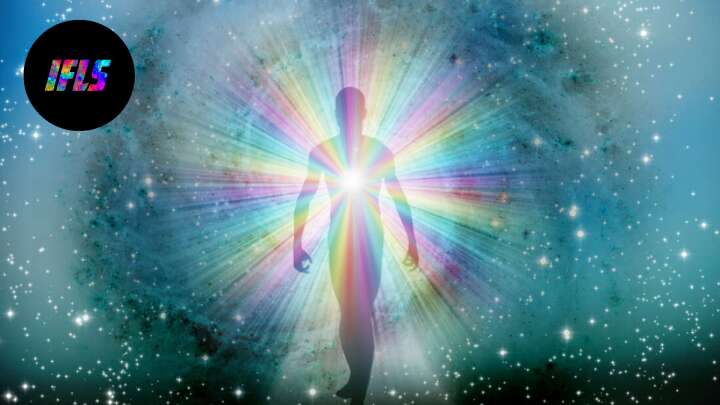
Every September in Ancient Greece, an occult ritual known as the Eleusinian Mysteries took place at a sanctuary near Athens, where the secrets of death itself are said to have been revealed to those who ingested a strange substance called kykeon. While the nature of this secretive potion remains unknown, Albert Hofmann – the chemist who first synthesized LSD – has speculated that it may have contained a type of psychoactive fungus called ergot, which produces effects that are akin to dropping acid.
Hofmann’s view is shared by Robert Gordon Wasson, a former Vice President of J.P Morgan who inspired the psychedelic movement of the 1960s by introducing the world to Mexican magic mushrooms. Both agree that psychedelics enable users to “see, more clearly than our perishing mortal eye can see, vistas beyond the horizons of this life,” and researchers are now beginning to investigate whether these reality-bending drugs can help us die more peacefully.
Do Psychedelic Experiences Mirror Death?
While Wasson may have laid the groundwork for the 60s counterculture, it was Harvard professor Timothy Leary who became its high priest, co-writing the famous book The Psychedelic Experience: A Manual Based on the Tibetan Book of the Dead. A re-working of a Buddhist text about navigating the various stages of dying, the book argues that LSD and other similar drugs can be used to bring about the death and subsequent rebirth of the ego.
More recently, studies have suggested that the therapeutic effects of psychedelics may hinge upon their ability to reduce or eliminate death anxiety, and that the experience of “ego death” while under the influence of these drugs can help people to confront and overcome their fear of dying.
Among those investigating the connection between psychedelics and death is Dr Christopher Timmermann from Imperial College London’s Centre for Psychedelic Research, who recently authored a study on the effects of DMT. “Themes of death and dying are very common in the DMT experience,” he tells IFLScience, adding that many of his study participants claimed to “encounter their own death” while tripping on the drug.
When examining the similarities between the DMT state and near-death experiences (NDEs), Timmermann and his colleagues found that all participants “scored above the standard threshold for an NDE” after smoking DMT. Of the 16 characteristics associated with NDEs, 15 “were rated significantly higher under DMT compared to placebo, with ten of these reaching statistical significance.” Among the components that DMT trips share with NDEs are such facets as “separation from the body”, “encountering a mystical being or entity”, and seeing a “bright light.”
After interviewing participants about their DMT trips and comparing these to reports from people who have undergone an NDE, the authors concluded that “complete ego-dissolution” appears to underlie both phenomena and “may be the common factor that can bridge between these different states.”
It’s also worth noting that while the volunteers in this study all smoked pure DMT, the compound is also famously found in the Amazonian plant-based brew ayahuasca, which literally translates to “the vine of the dead.” As Timmermann points out, “ayahuasca in many indigenous cultures is seen as a way to access the world of the dead, so there’s that overlap which has an interesting cross-cultural aspect to it.”
Indeed, psychoactive plants have been used to commune with the spirits for thousands of years, so clearly it’s not just westerners who tend to interpret their psychedelic experiences as a crossing of the great divide.
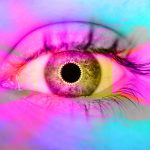
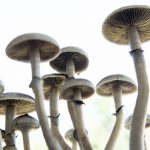

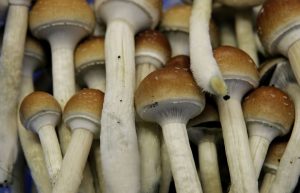
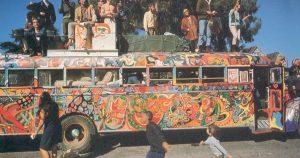
No comment yet, add your voice below!